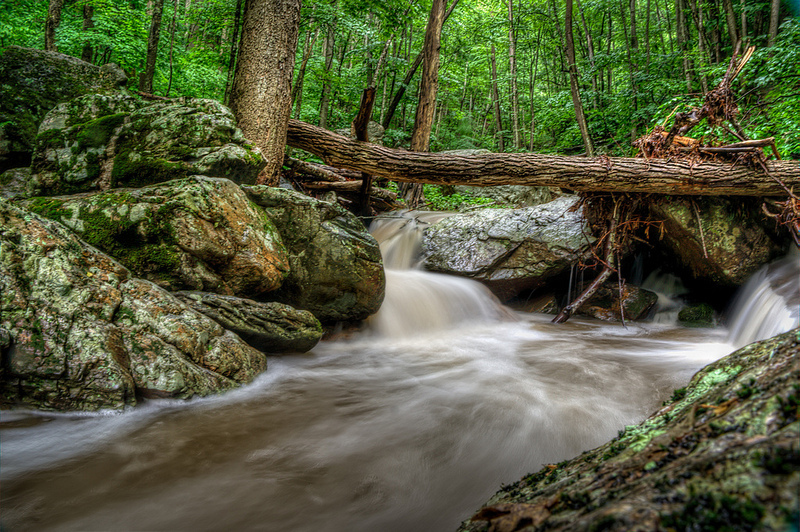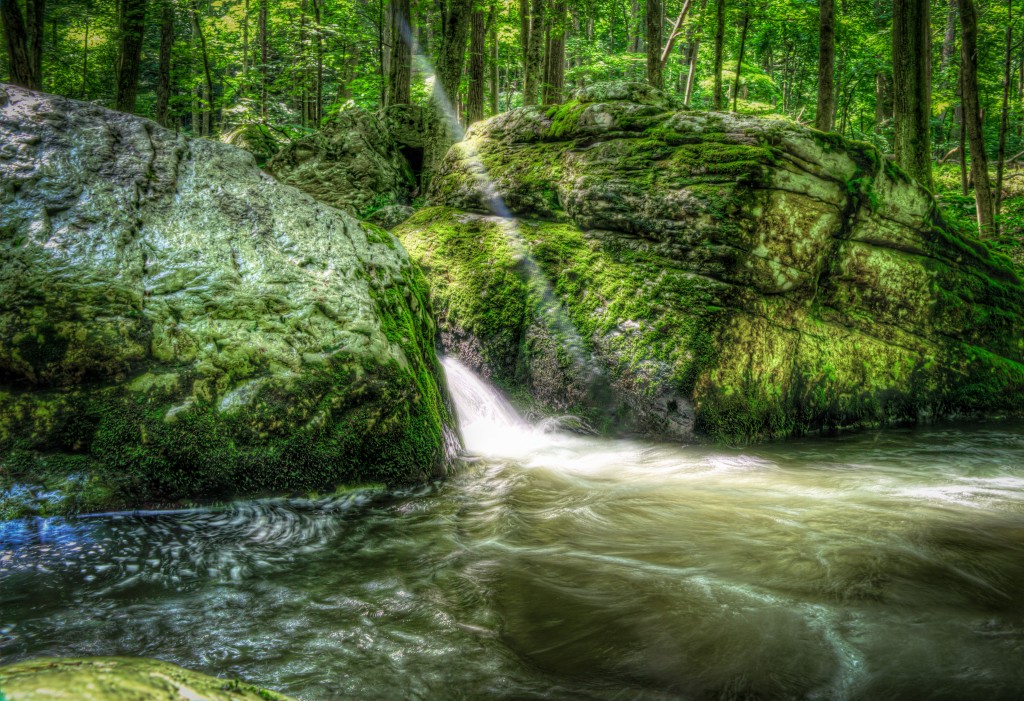Polaroid Underwater Housing Review For The Sony NEX-5N
I’ve been shooting lots of photographs in creeks and rivers lately and while I have my camera’s insured (which I highly recommend) I still wanted some extra protection.
While searching the web for the answer to my problem, I found the Polaroid Dive Rated Waterproof Case for my Sony NEX5N. I ordered it and was surprised at how sturdy it was for $129.99. The camera fits inside like a glove with the 18-55mm kit lens, there is also another version for the pancake lens if you would rather have that one. When using the case you have almost full control of the camera with the exception to the manual adjustments on the lens, so set your lens to a focal length you can live with and shoot away.
The image quality under or above water is perfect I can’t tell a difference between in or out of the housing (maybe a little better in the housing). The kit comes with a neck strap, wrist strap, and an extra O-ring for the housing along with some lubricant. On the bottom of the housing is a tripod mount which I’ve been using mine on a table top Oben tripod to get some really incredible low angle shots giving a totally new perspective to my photographs. Here are a few sample photographs I’ve taken using this setup in the last few weeks.
Note I’ve only tested this case in a few feet of water so far, but it’s definitely worked as described. No leaks so far!!! But I would make sure you inspect the housing before and after each use. Check that O-ring and look for any flats spots or possible crack or tears. If you’re looking for some added insurance or want to be able to get your camera wet then this is the ticket!
Update 8/7/2014
I took this housing with me on vacation to the beach this year and captured some good photographs of the waves. No leaks and no issues other than it’s hard to keep the water drops from messing up your photos. One thing to try is to hold the lens end in the water until you’re ready to shoot and bring the camera up and snap when you’re ready. Another way around this is to hold the camera and housing with the lens pointing down and try to get most of the water to drip off before you shoot.




